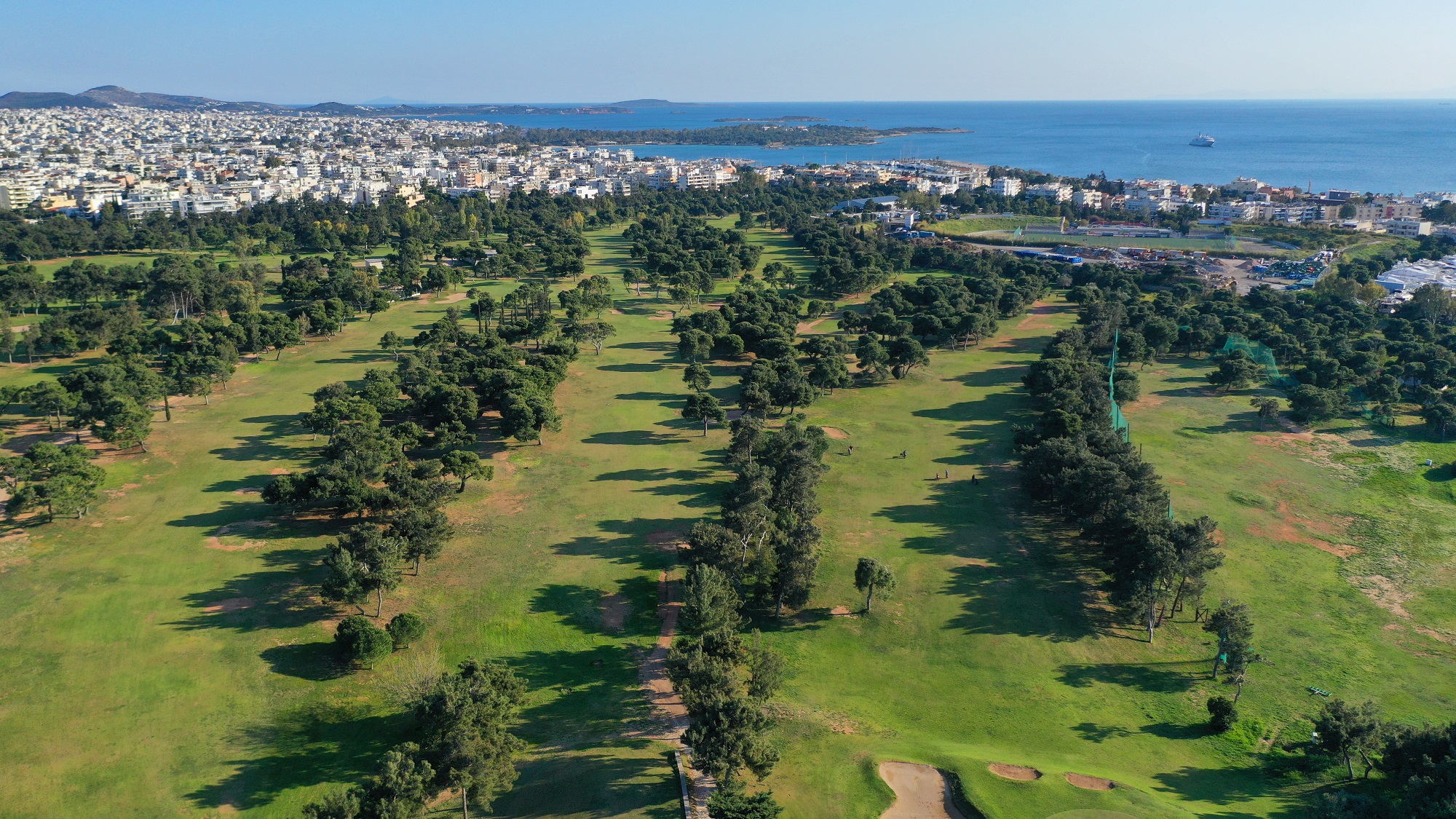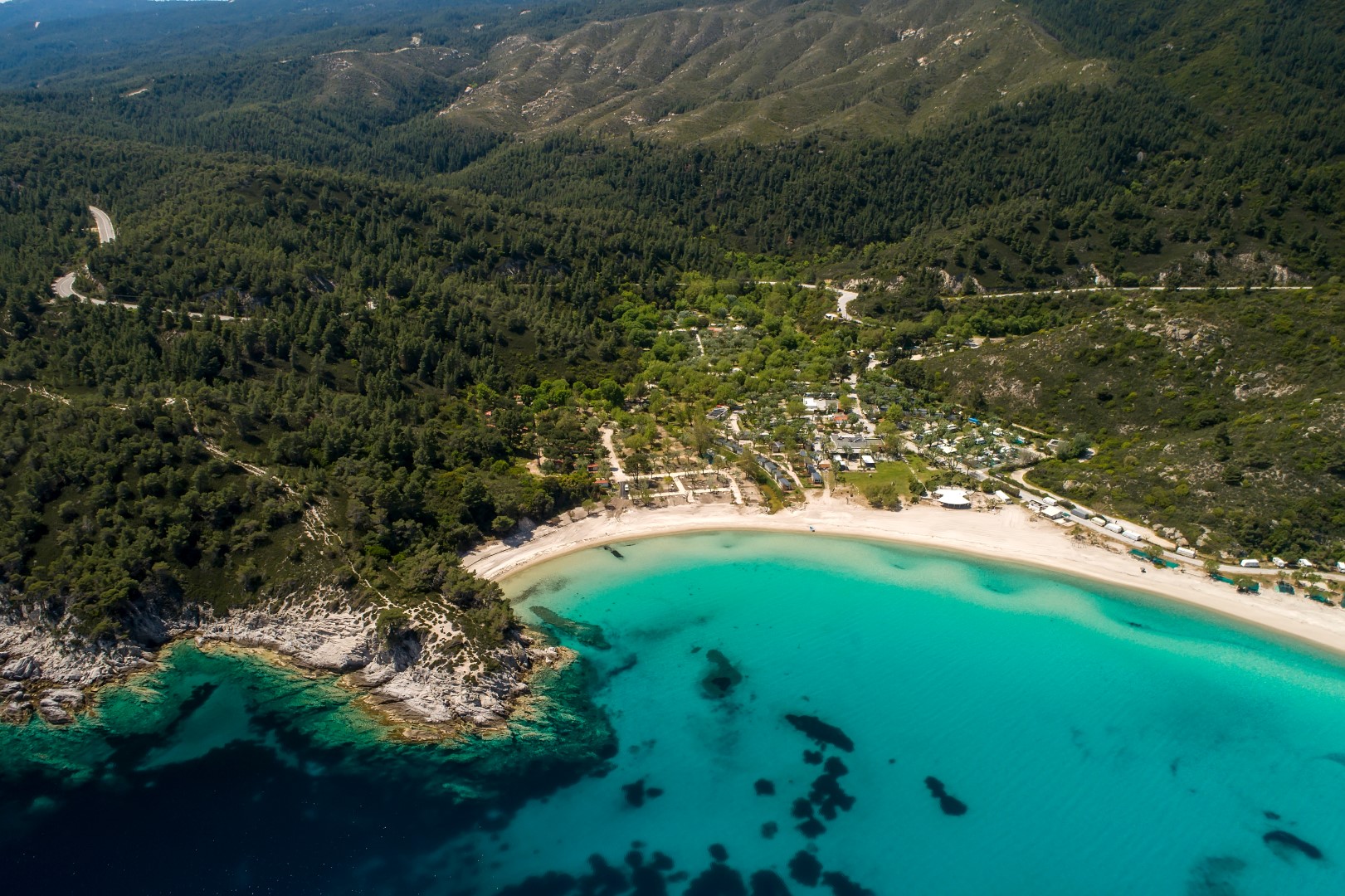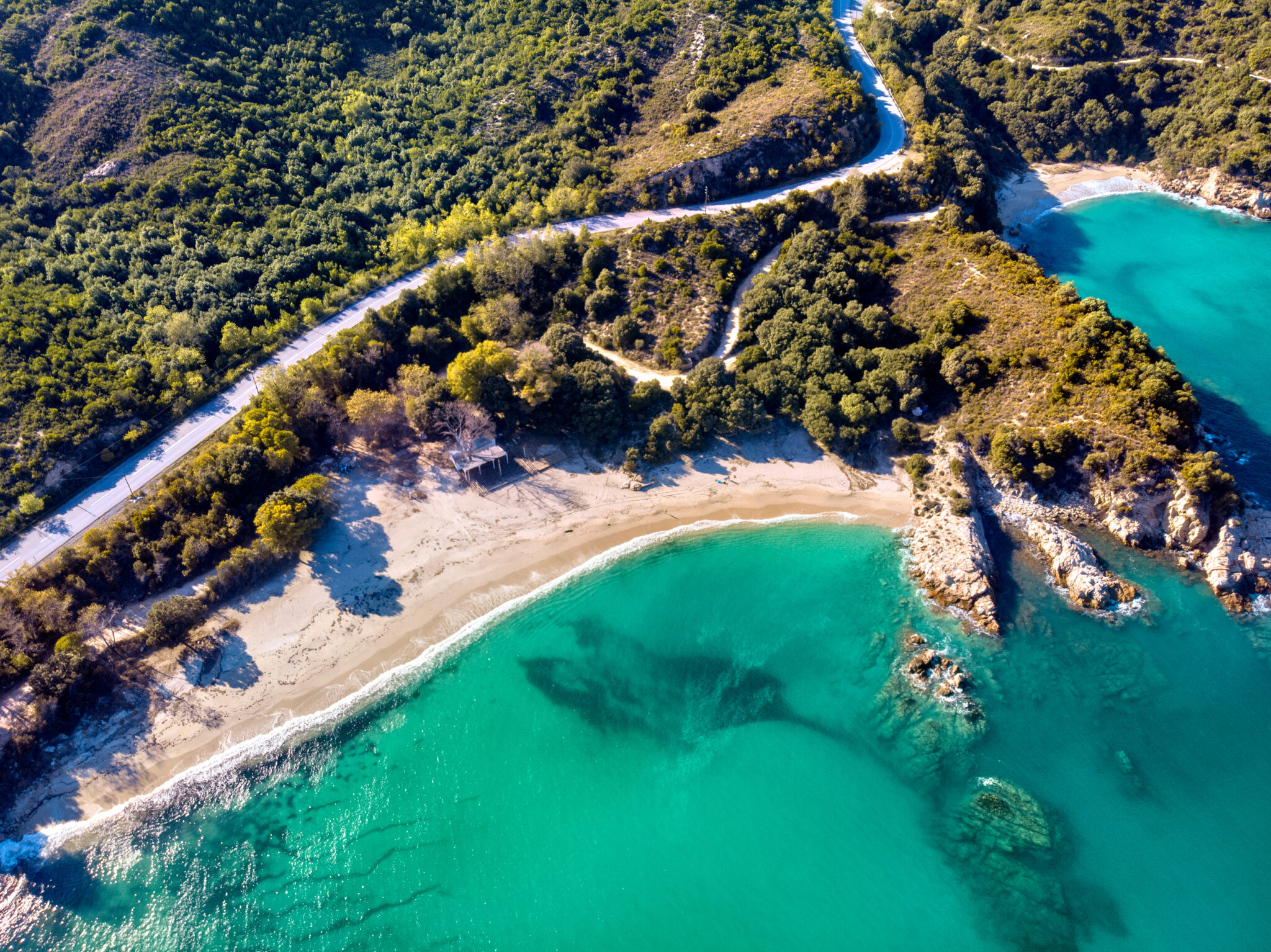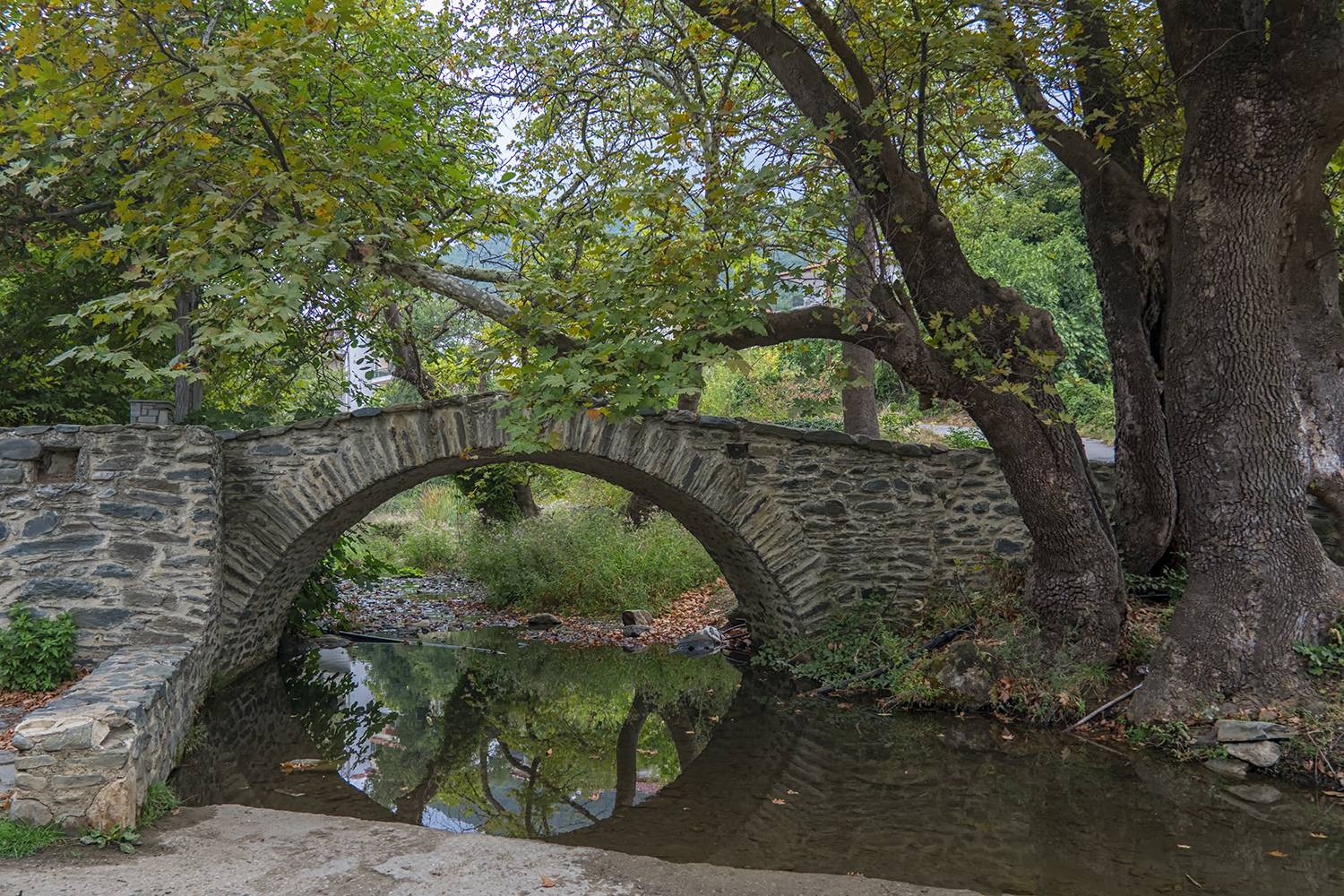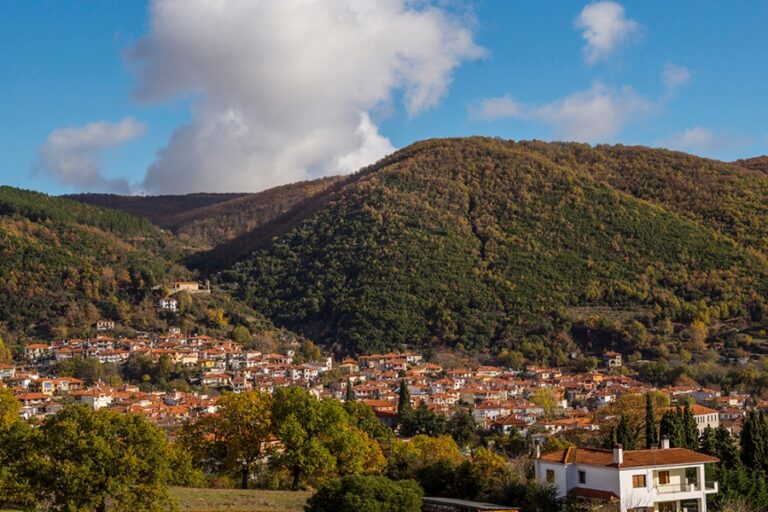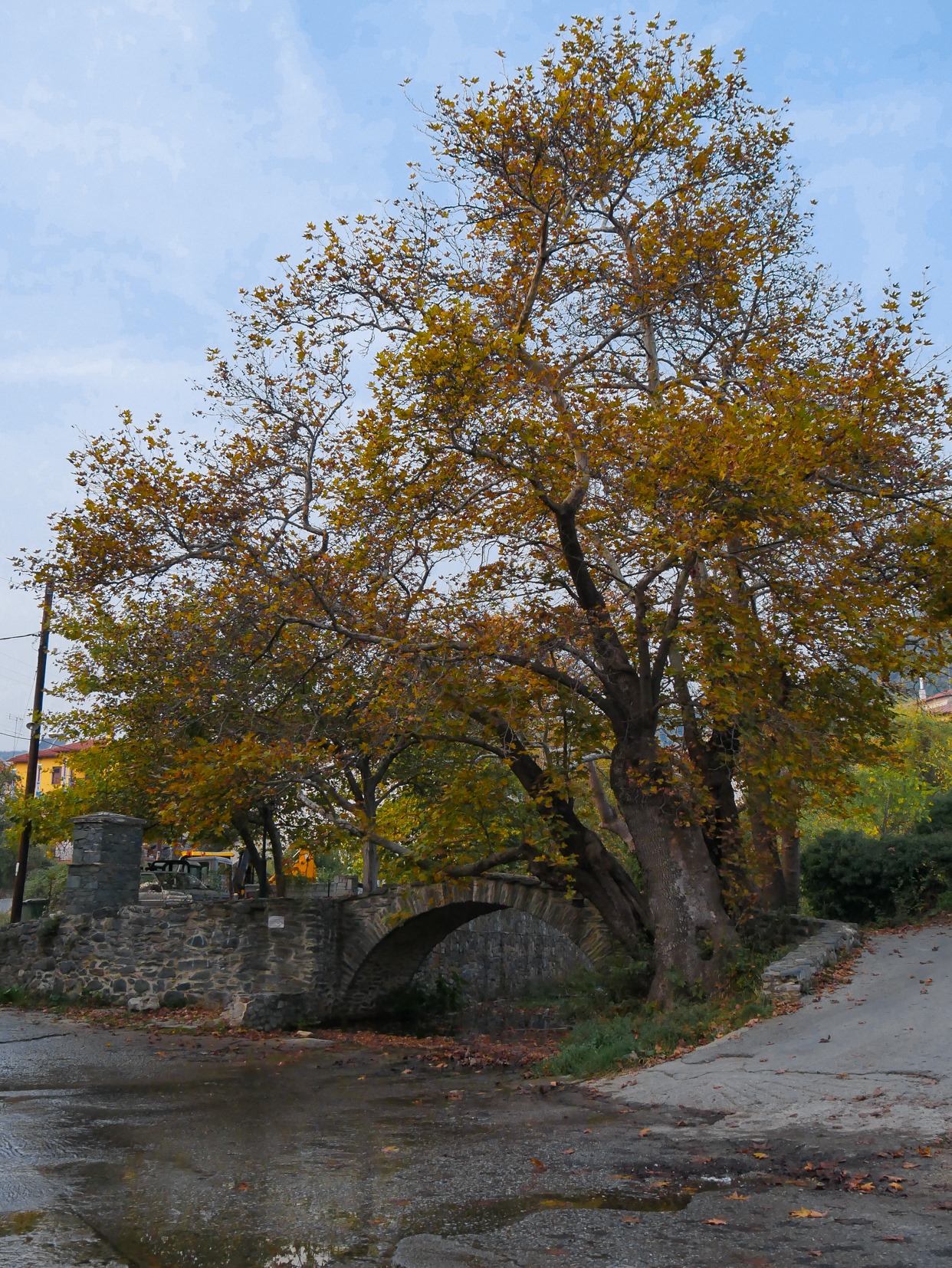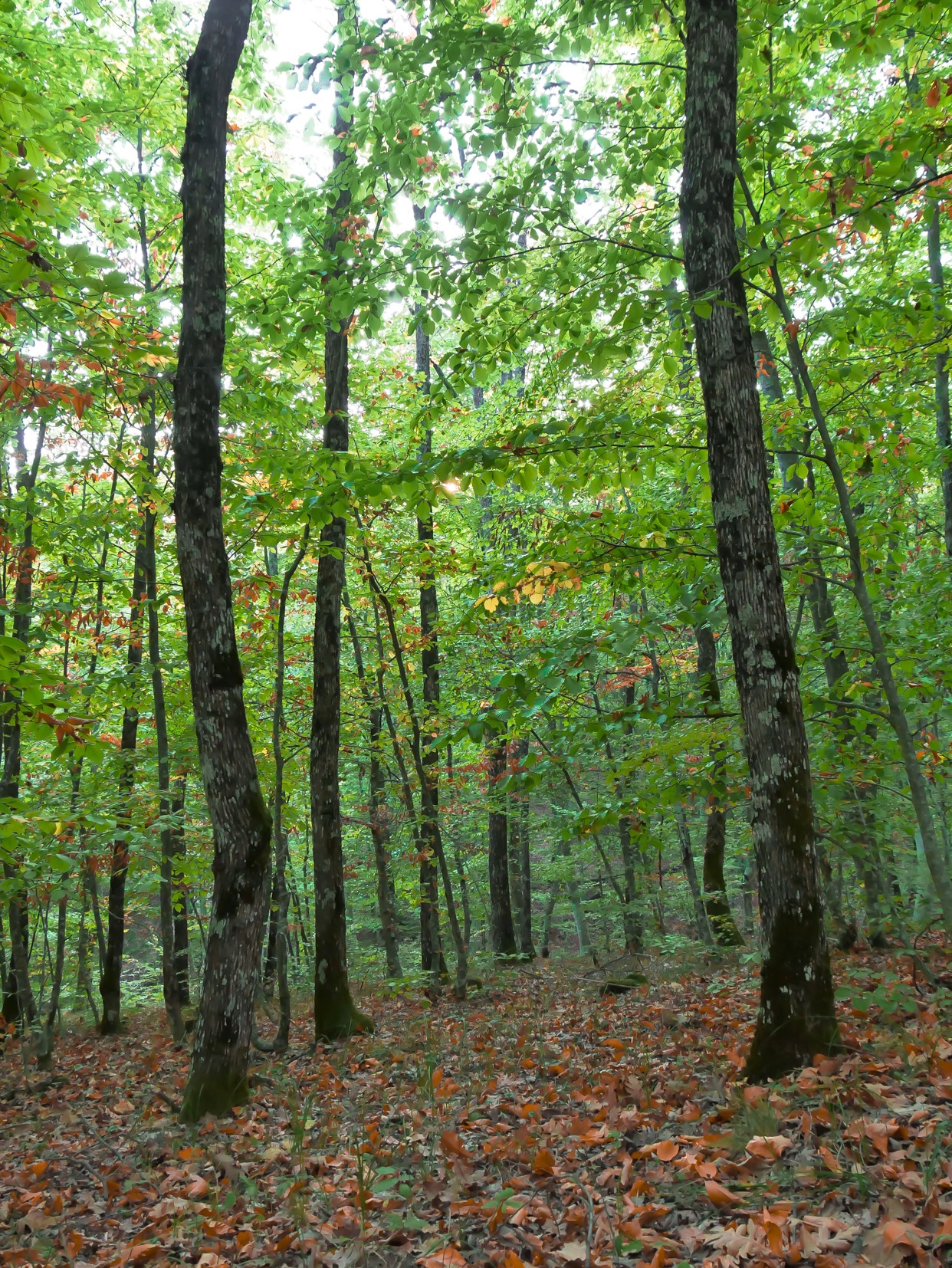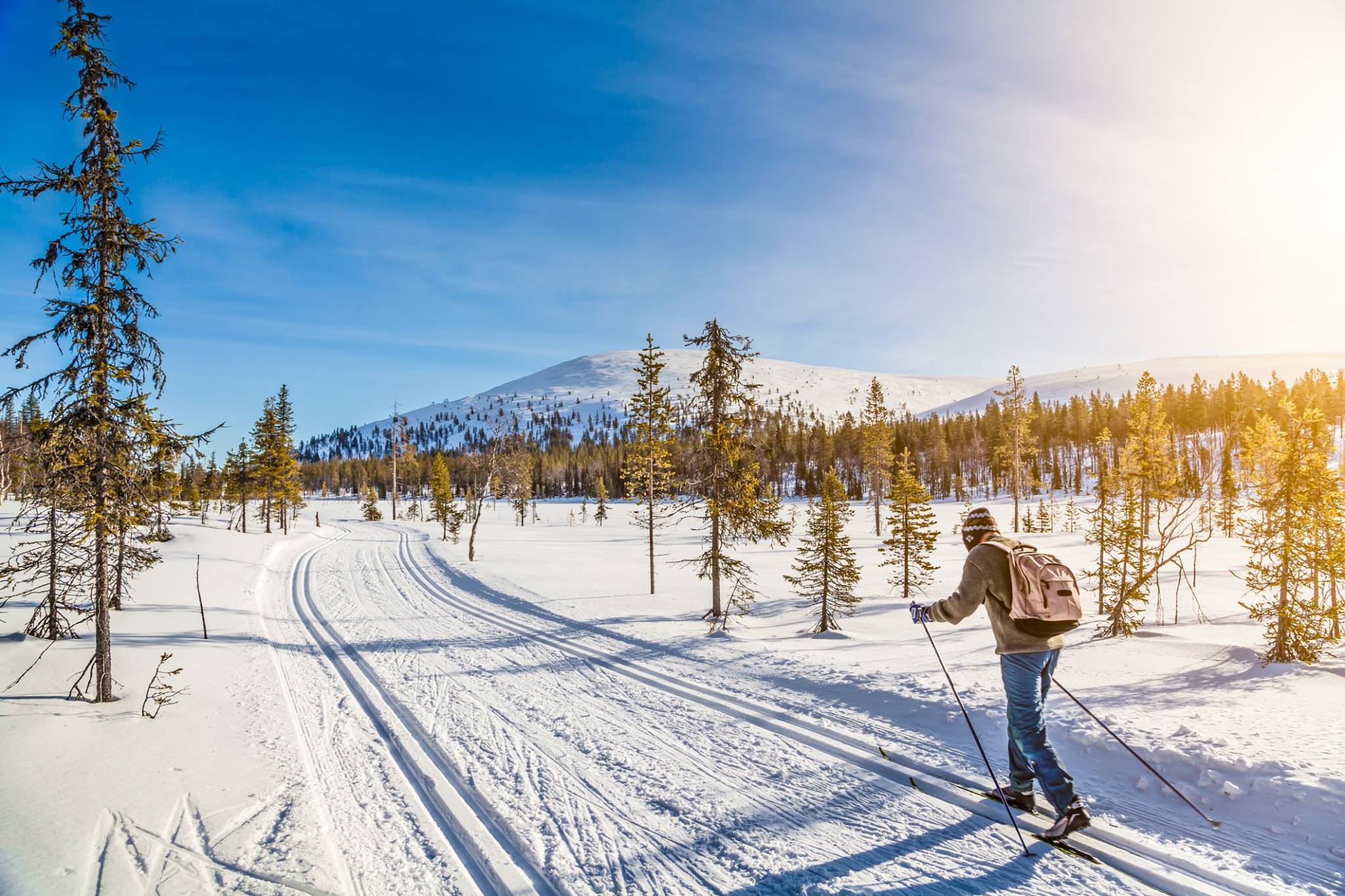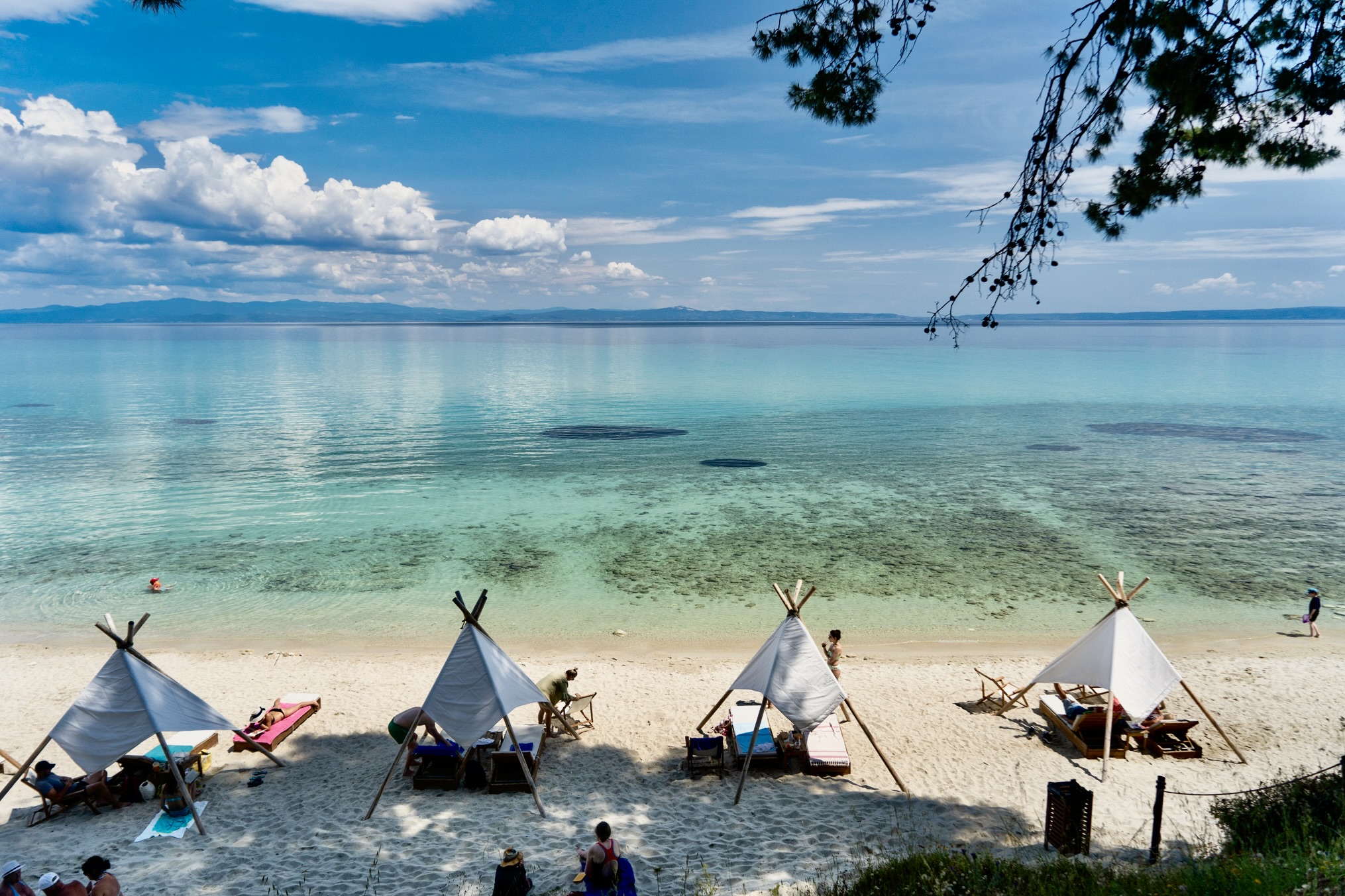Despite being established as a leading destination for autumn, winter and spring holidays, mountainous Halkidiki, in Greece’s north, remains a destination with a number of widely unknown, unexplored areas. This can probably be attributed to the great focus placed on Mount Holomontas and its surrounding villages, leaving other locations out of the picture, despite being just as impressive.
Megali Panagia is one such largely neglected and unknown spot; for people not living in the area. This small town, previously known as Arevenikia, then Revenikia, has a population of 2,592 and is built 443 metres above sea level at the foothills of Mount Htikelas, between Halkidiki’s middle peninsula, Sithonia, and the eastern peninsula hosting Mount Athos.
Megali Panagia is 83 km from Thessaloniki, approximately a one-and-a-half-hour drive. This relatively short distance, along with relatively easy driving conditions along Halkidiki’s roads, make the small town an ideal prospect for a day-trip to a destination with densely vegetated hills and valleys.
Religious centre with Byzantine roots
The location’s old name, Arevenikia, which became Revenikia over time, until the small town was officially renamed Megali Panagia in 1926, directly refers to the region’s medieval/Byzantine past. The small town’s original name commemorates the victory of locals over invading Arabs in 904, which demonstrates that a first residential core was already established in the area at the time. It should be pointed out that the settlement was a carefully selected, well-hidden location, not visible from the sea.
Returning to the modern era, Megali Panagia becomes a major attraction every August 15, when the Greek Orthodox Church and people of Greece celebratethe Dormition of the Virgin or Assumption of Mary. Big numbers of people from all over Halkdiki’s eastern region travel to Megali Panagia to honour the panigyri, a church-centred celebration taking place at Koimisis Tis Theotokou, a monumental church some 2 km from the town. Other travellers like to visit Megali Panagia on weekends every autumn and December, to take part in celebrations at local small-scale tsipouro distilleries during their annual tsipouro production.
LEZANTES
Megali Panagia waters and the Koblitsos bridge
The emphasis on Megali Panagia’s religious dimension has kept under the radar the local river as well as its picturesque bridge, located at a place known to locals as “Tou Bizirgianni o Milos” (Bizirgiannis’ mill), obviously as a result of a mill that functioned at the spot in the past. The bridge here should not be confused with the better-known Gomati Bridge, an older, Byzantine-era, two-arched bridge close to the village Gomati, 20 km away.
In the past, three small rivers existed in Megali Panagia. Of these, just the Koblitsos river remains visible. The other two rivers have been covered for local road projects. The Koblitsos river, stemming from local mountains, is stretched over a long distance, creating an impressive wider setting filled with plane trees. It is also habitat for lots of frogs.
Other streams in the region flow in abundance, resulting in crystal-clear waters around Megali Panagia. They have helped nurture lovely forests with linden trees, oaks, pines, beech trees and chestnut trees. Squirrels, beavers, and, occasionally, deer and wild boar may be spotted at these forests. Exploring this territory promises a reinvigorating experience for visitors, especially if here in autumn or spring to avoid extreme heat and cold weather.
Read also:
Asterousia: The unknown mountain range of Crete
Varvara waterfalls: Miracle of nature in Halkidiki
Cosmopolitan Greek destination for autumn escape into nature



